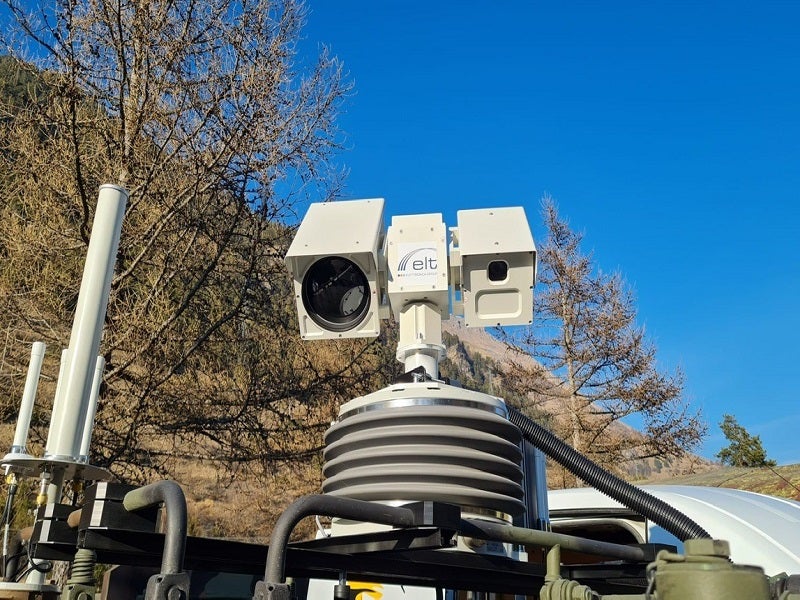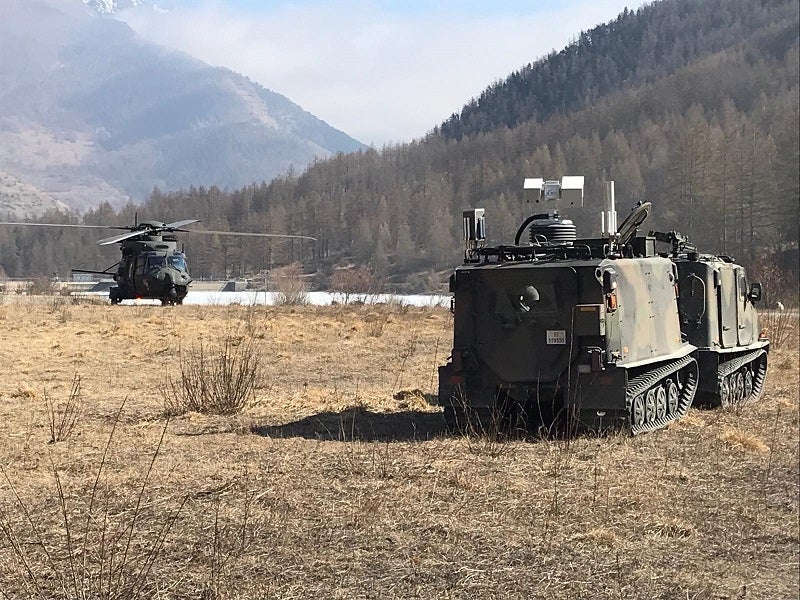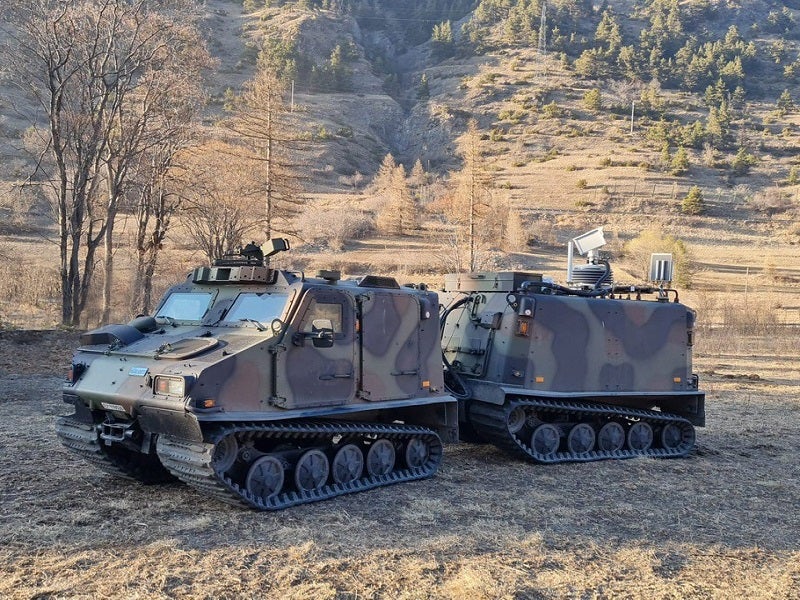ADRIAN (Anti-Drone Interception Acquisition Neutralisation) is a counter-unmanned aerial system (C-UAS) developed by Elettronica Group, an electronic warfare products specialist based in Italy.
It is designed to intercept and neutralise low-small-slow (LSS) UASs in various combat scenarios and urban and dense urban environments.
The cost-effective and advanced C-UAS solution can provide drone detection and interception. It can be deployed at a fixed site or mounted on a BV206S7 tracked vehicle of the Italian Army or other vehicle types.
The system can be used to protect sensitive areas and critical infrastructure from the threat of mini and micro drones.
Eletronnica demonstrated Snow Leopard, a mobile variant of its ADRIAN anti-drone system, during NATO’s White Fox exercise at Sestriere in northwest Italy in March 2022. Snow Leopard is suitable for operation in extreme conditions. It features advanced artificial intelligence (AI) algorithms.
The company showcased its ADRIAN system along with other equipment at the international defence exhibition and conference (IDEX) at the Abu Dhabi National Exhibition Centre in the UAE in February 2021.
The product was also displayed at the Innovation and Leadership in Aerospace (ILA) event held in Berlin, Germany, in April 2018.
ADRIAN C-UAS features
The ADRIAN C-UAS system features a modular architecture. The system and its sensor payloads can be customised to meet different operational and environmental requirements.
The anti-drone system has a distributed sensor architecture, while its sensors are rugged and easily deployable.
The C-UAS can detect very low power and frequency hopping signals. Its control system features a user-friendly human-machine interface (HMI), which provides immediate feedback on alarms and threat features.
ADRIAN fuses the information received from the sensors and provides the details such as the drone type and its location to its operator.
Four different sensors are used to detect drones, which ensure a reliable operation even if one of the sensors fails. The sensors provide a low false alarm rate.
Furthermore, ADRIAN can recognise the drone pilot’s location, which can help police and law enforcement.
Sensors and communication
ADRIAN is equipped with radar, acoustic sensors, optronics, and electronic support measures (ESM) for detecting a drone visually by its radar signature, noise of its engines, and radio transmissions.
It uses multi-spectral sensors including radar, electro-optical/infrared (EO/IR), acoustic sensors, and radio link interceptors for effective operation in urban warfare.
The sensor package allows data fusion to help detect and identify drones. It also includes a radio frequency (RF) passive sensor and a daylight sensor.
The system is equipped with high sensitivity and high-efficiency software-defined receivers for the detection of LSS platforms.
The mission planner station features a data fusion algorithm, which enables a high probability of intercept and comprehensive situational awareness.
ADRIAN uses a reactive and smart jammer to disrupt the remote control link and the navigation aids signals of the UAS.
The advanced jamming techniques help in neutralising hostile drones through soft kill disruption.
Mission capabilities of ADRIAN
ADRIAN can determine the geo-location of drones and provide real-time threat analysis. It can perform soft-kill of a UAV using electronic countermeasures to disrupt its radio control and global navigation satellite system (GNSS). The GNSS spoofing feature can force drones to land in safe areas or return to the starting point.
Furthermore, the counter-drone solution records missions to allow users to perform post-mission analysis.






